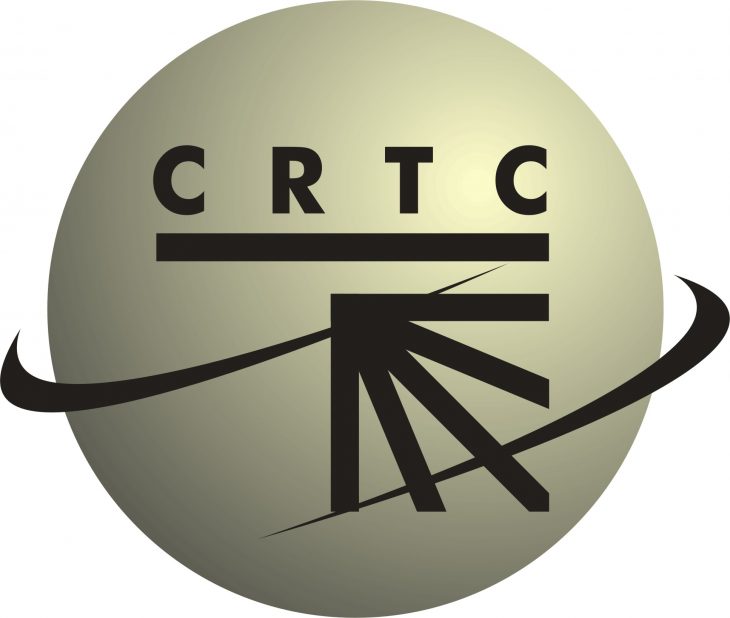
GATINEAU — The CRTC announced today it has approved the application submitted by the Canadian Administrator of VRS (CAV) for $27,251,477 in funding from the National Contribution Fund (NCF) for 2021.
The Commission has directed the central fund administrator of the NCF to remit the approved amount to the CAV in 12 equal monthly installments, beginning in January 2021.
Access to this funding will enable the CAV to continue to offer video relay service (VRS) in Canada to the benefit of all Canadians, as envisioned by the Commission in Telecom Regulatory Policy 2014-187, the CRTC said today in its decision.
VRS enables people who use sign language to conduct telephone calls and communicate with voice telephone users using sign language. VRS connects a sign language user with another party via an operator who can interpret between sign language and spoken language.
The approved amount of funding represents the CAV’s projected expenditures of $26,225,863 for 2021, plus a projected deficit of $1,025,614 for 2020 driven by increased usage during the Covid-19 pandemic.
The Commission received one intervention regarding the CAV’s funding application from Bell Canada, who requested clarification regarding the CAV’s deferred contributions as reported by the CAV in its annual report. The CAV’s deferred contributions, both current and those designated as long-term, are funds received by the CAV from the NCF but not yet spent.
In its intervention, Bell asked for the CAV to explain why the deferred contributions are not being used to cover its projected 2020 deficit and to potentially offset the funding requested for 2021.
In its response, the CAV said the long-term deferred contributions are in fact being used to help cover the projected 2020 deficit, and the requested funding from the NCF for 2021 will restore long-term deferred contributions to their previous level.
The CAV said the long-term deferred contributions provide a reserve against unforeseen expenses, which proved necessary in 2020 when VRS call volumes reached unprecedented highs due to the Covid-19 pandemic. Using long-term deferred contributions, the CAV says it was able to respond quickly, by redesigning call centres to accommodate physical distancing, adding additional video interpreters and implementing a remote video interpreter program to enable them to work from home.
The CAV also noted its board of directors has begun a review to determine the level at which the long-term deferred contributions should be maintained, and the results of that review will be reflected in the CAV’s 2022 budget request, says the CAV.
As part of its decision today, the Commission says it is scheduled to initiate a review of VRS, and considers it would be more appropriate to further consider the issue of long-term deferred contributions during that review, rather than in the CAV’s annual funding request. However, the Commission says it will require the CAV to submit the findings of its board’s review of long-term deferred contributions during the Commission’s upcoming review of VRS.
In a separate decision today, the Commission said it has approved a final 2020 contribution collection revenue-percent charge of 0.44%, effective January 1, 2020, and has approved on an interim basis a 2021 revenue-percent charge of 0.44%, effective January 1, 2021. The revenue-percent charge is calculated using the ratio of the national subsidy, VRS and broadband requirements to the estimated total contribution-eligible revenues of all telecom service providers that are required to contribute.
Furthermore, the Commission announced the total amount of subsidy to be paid to incumbent local exchange carriers (ILECs) from the NCF will total $38.7 million in 2020, and based on the continued subsidy phase-out reductions of the subsidy amounts received by each ILEC, the Commission estimates the total interim subsidy to be paid during 2021 will be approximately $16.6 million.



